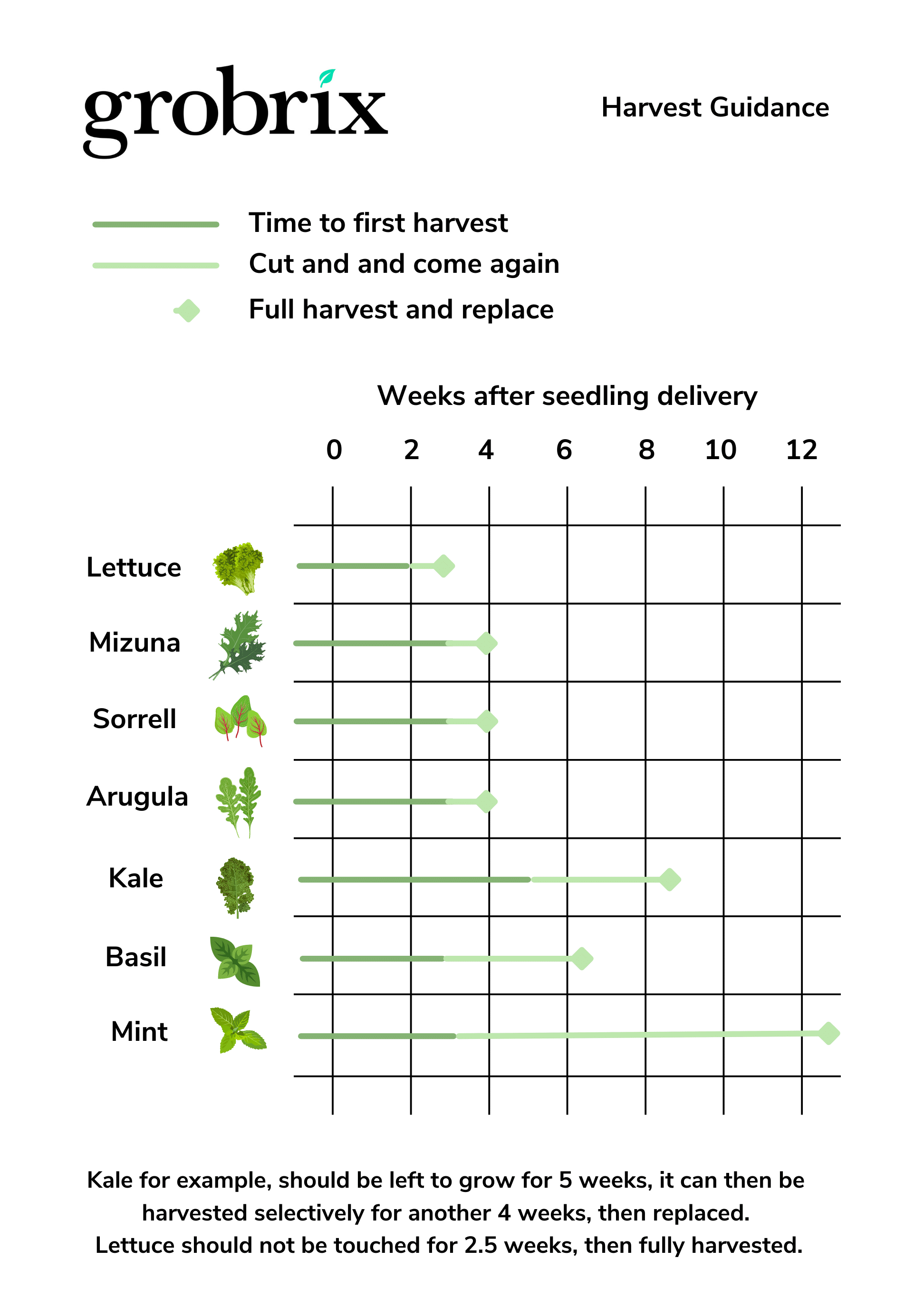Harvesting And Preserving Rosemary & Thyme: Tips And Techniques

Table of Contents
The Perfect Harvest: Timing and Techniques for Rosemary and Thyme
Knowing when and how to harvest rosemary and thyme is crucial for maximizing their flavor and aroma. Harvesting at the right time ensures you get the most potent herbs, while using the correct techniques protects the plants and encourages healthy regrowth.
When to Harvest Rosemary:
The best time to harvest rosemary is during late spring or early summer, before the plant flowers. This is when the essential oils are at their peak concentration, resulting in the most flavorful harvest.
- Best time: Late spring/early summer (before flowering).
- Signs of readiness: Look for sturdy stems and a strong, robust fragrance. The leaves should be plentiful and vibrant green.
- Harvesting method: Use sharp shears or pruning snips to cut stems, taking no more than one-third of the plant at a time. This prevents stressing the plant and promotes vigorous regrowth for future harvests. Avoid harvesting during hot, dry periods; this will negatively impact the plant’s health and the quality of the rosemary.
- Pro-tip: Regularly pinching back rosemary tips throughout the growing season will encourage bushier growth and a more abundant harvest.
When to Harvest Thyme:
Similar to rosemary, thyme is best harvested before it flowers, usually in mid-summer. This timing guarantees the most potent flavor profile.
- Best time: Mid-summer (just before flowering).
- Signs of readiness: Look for mature, leafy stems. The leaves should be fully developed and aromatic.
- Harvesting method: Use sharp shears to carefully snip stems, similar to the rosemary harvesting method. Again, never take more than a third of the plant at once.
- Staggered Harvest: Consider a staggered harvest throughout the growing season. This allows you to enjoy fresh thyme continuously while preventing overwhelming the plant.
Preserving Rosemary and Thyme: A Variety of Methods
Once you’ve harvested your rosemary and thyme, preserving them correctly is essential to maintaining their flavor and aroma for months to come. Several methods exist, each with its own advantages and disadvantages.
Air Drying:
Air drying is a classic and simple method for preserving herbs. It’s an excellent option for maintaining the natural flavor and aroma.
- Process: Bundle small bunches of herbs together using twine or rubber bands. Hang them upside down in a cool, dark, and well-ventilated area for 2-3 weeks, or until completely dry and brittle.
- Advantages: Simple and inexpensive; retains good flavor and aroma.
- Disadvantages: Can be slow; susceptible to mold if humidity is high. Proper airflow is essential.
Freezing:
Freezing is a quick and effective method for preserving herbs, minimizing flavor and aroma loss.
- Process: Chop herbs finely. Place them in ice cube trays with a small amount of water or olive oil to prevent browning. Freeze until solid. Once frozen, transfer the cubes to freezer bags for long-term storage.
- Advantages: Preserves herbs effectively, maintaining freshness and flavor well. Freezing is a faster method than air drying.
- Disadvantages: The texture may change slightly after freezing. The herbs may also become slightly less vibrant in color.
Infused Oils and Vinegars:
Infusing herbs in oil or vinegar creates flavorful and aromatic additions to your cooking.
- Process: Pack fresh herbs into a clean, sterilized jar. Cover completely with high-quality olive oil or vinegar. Seal tightly and store in a cool, dark place for several weeks, shaking occasionally. Strain before using.
- Advantages: Creates flavorful and aromatic oils and vinegars for cooking and dressings. This is a great way to add flavor complexity to your dishes.
- Disadvantages: Requires some preparation time. It’s crucial to use high-quality oils or vinegars and maintain proper hygiene to prevent spoilage.
Storage Tips for Long-Term Preservation
Proper storage is critical, regardless of your chosen preservation method. Following these guidelines will ensure your herbs remain flavorful and aromatic for as long as possible.
- Airtight Containers: Use airtight containers to protect your dried or frozen herbs from moisture and insect infestation. Glass jars or freezer-safe bags are ideal.
- Cool, Dark, and Dry Place: Store containers in a cool, dark, and dry place to maintain the quality and flavor of your herbs. Avoid direct sunlight and extreme temperatures.
- Label and Date: Always label your containers with the date of harvesting and the preservation method used. This helps you track their freshness and ensures you use the oldest herbs first.
Conclusion:
Mastering the art of harvesting and preserving rosemary and thyme ensures you can enjoy the rich flavors of these herbs year-round. By following these simple techniques for harvesting at the optimal time and utilizing various preservation methods like air drying, freezing, and creating infused oils, you’ll always have a readily available supply for cooking. Start harvesting and preserving your own rosemary and thyme today! Don't let those precious herbs go to waste; embrace the process of harvesting and preserving rosemary and thyme to elevate your culinary adventures!

Featured Posts
-
 Rising Pet Medical Bills In The Uk The Corporate Influence
May 31, 2025
Rising Pet Medical Bills In The Uk The Corporate Influence
May 31, 2025 -
 Megarasaray Hotels Acik Turnuvasi Nda Ciftler Sampiyonlugu Bondar Ve Waltert In Zaferi
May 31, 2025
Megarasaray Hotels Acik Turnuvasi Nda Ciftler Sampiyonlugu Bondar Ve Waltert In Zaferi
May 31, 2025 -
 High Profile Office365 Data Breach Nets Millions For Hacker
May 31, 2025
High Profile Office365 Data Breach Nets Millions For Hacker
May 31, 2025 -
 Designing The Good Life A Practical Guide
May 31, 2025
Designing The Good Life A Practical Guide
May 31, 2025 -
 Concerns Grow As Who Identifies New Covid 19 Variant Behind Case Spike
May 31, 2025
Concerns Grow As Who Identifies New Covid 19 Variant Behind Case Spike
May 31, 2025
